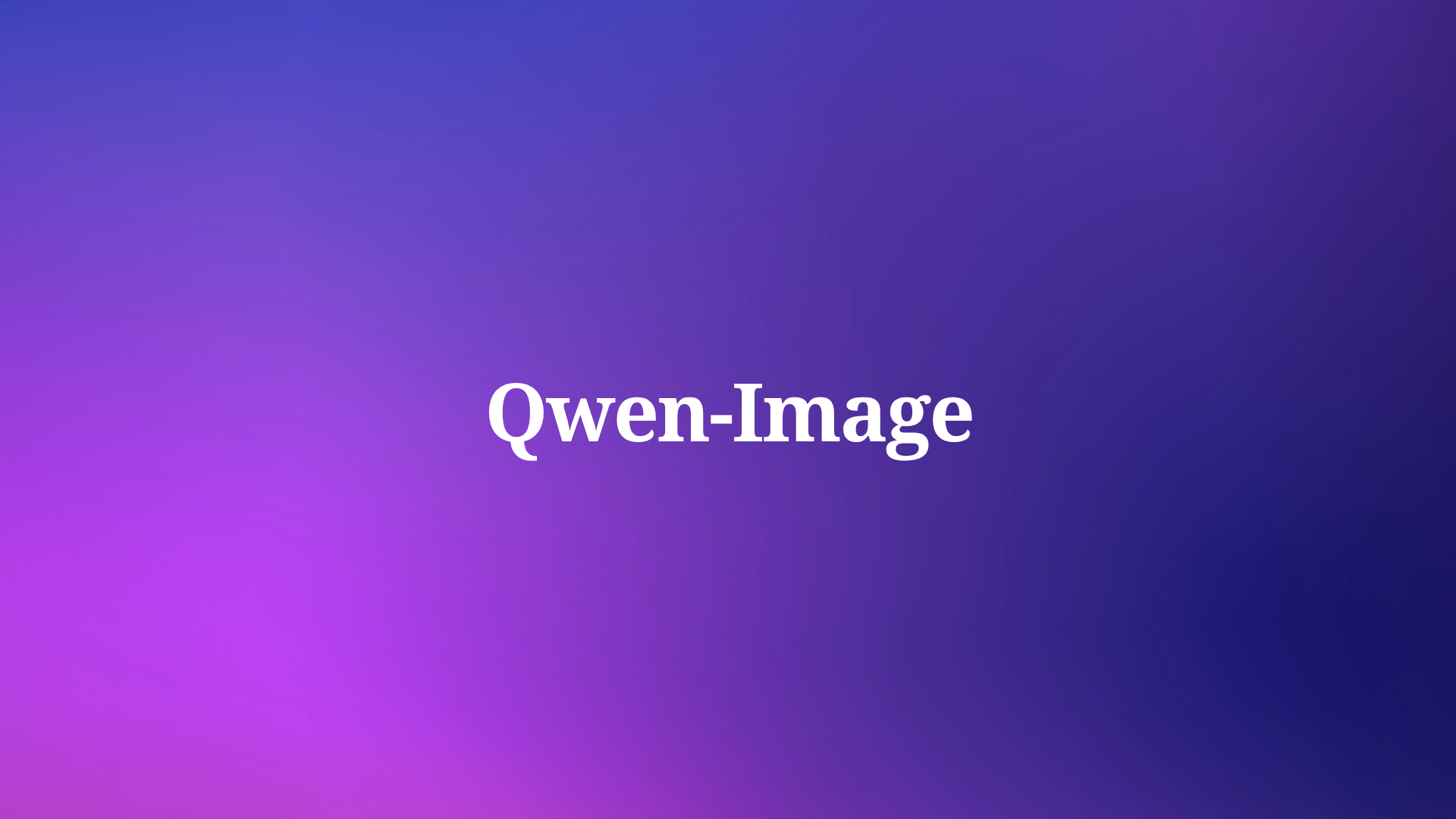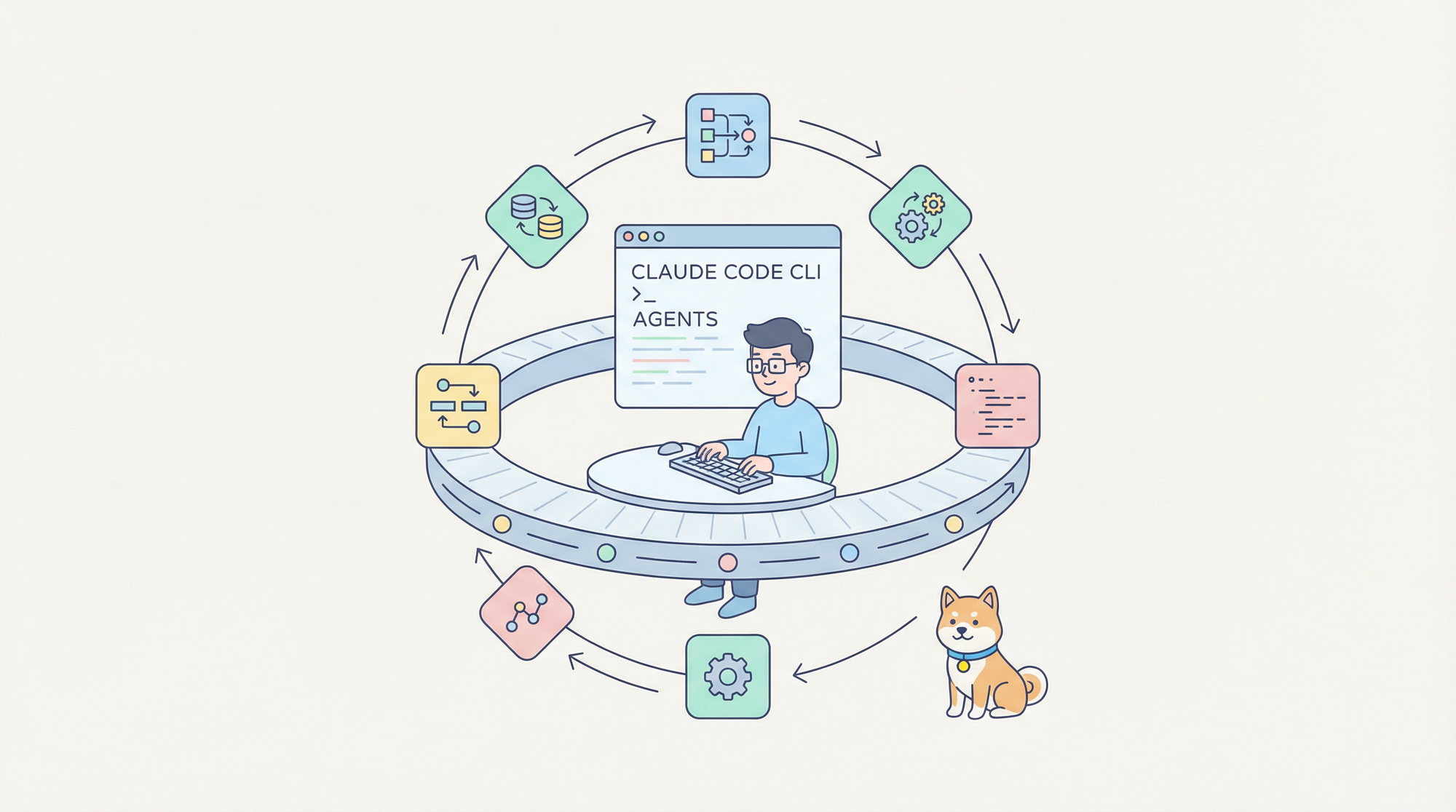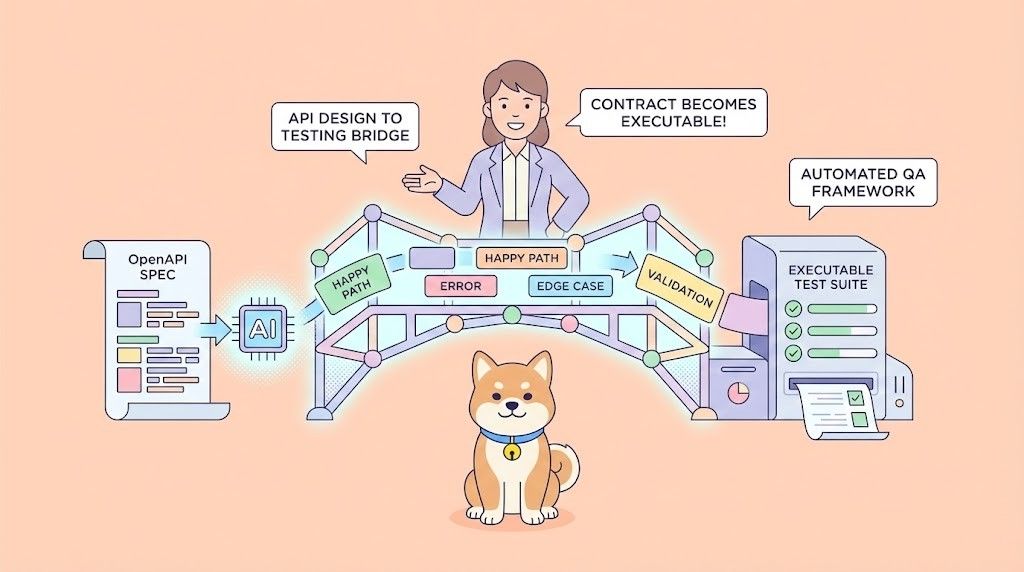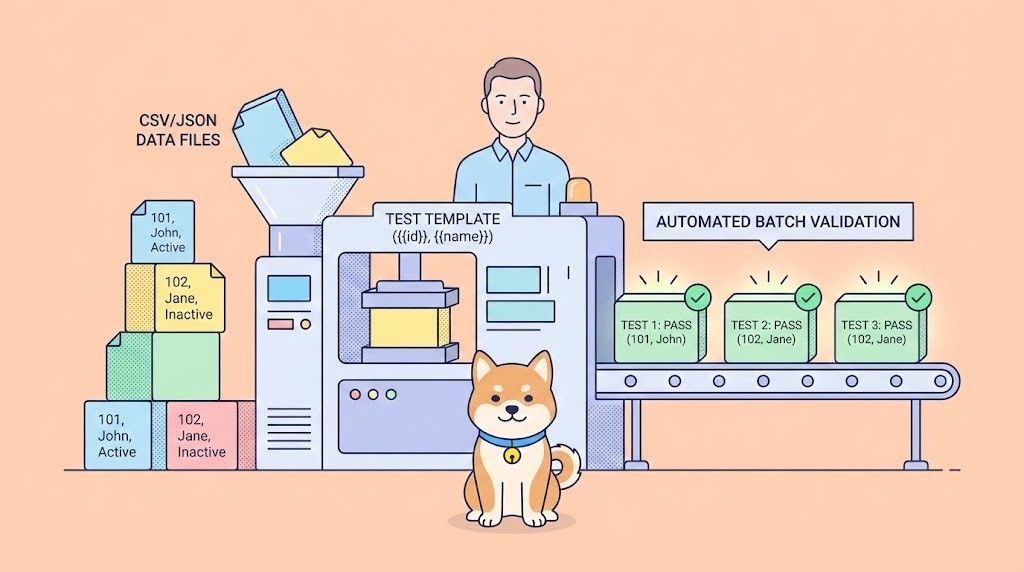Qwen-Image, a cutting-edge 20B MMDiT image foundation model from Alibaba Cloud’s Qwen team, redefines the possibilities of AI-driven visual creation. Launched on August 4, 2025, this model delivers unparalleled capabilities in generating high-quality images, rendering complex multilingual text, and performing precise image edits. Whether you're crafting dynamic marketing visuals or analyzing intricate image data, Qwen-Image empowers developers with robust tools to bring ideas to life.
What Is Qwen-Image? A Technical Overview
Qwen-Image, part of Alibaba Cloud’s Qwen series, is a multimodal diffusion transformer (MMDiT) model with 20 billion parameters, designed for both image generation and editing. Unlike traditional models that focus solely on generating visuals, Qwen-Image integrates advanced text rendering and image comprehension, making it a versatile tool for creative and analytical tasks. The model, open-sourced under the Apache 2.0 license, is accessible via platforms like GitHub, Hugging Face, and ModelScope, allowing developers to integrate it into diverse workflows.

Moreover, Qwen-Image leverages a robust pretraining dataset, incorporating over 30 trillion tokens across 119 languages, with a focus on Chinese and English. This extensive dataset, combined with reinforcement learning techniques, enables the model to handle complex tasks like multilingual text rendering and precise object manipulation. Consequently, it outperforms many existing models on benchmarks such as GenEval, DPG, and LongText-Bench.
Key Features of Qwen-Image
Superior Text Rendering for Multilingual Visuals
Qwen-Image excels in rendering complex text within images, a feature that sets it apart from competitors. It supports both alphabetic languages (e.g., English) and logographic scripts (e.g., Chinese), ensuring high-fidelity text integration. For instance, the model can generate a movie poster with precise text layouts, such as a title like “Imagination Unleashed” and subtitles in multiple rows, maintaining typographic coherence. This capability stems from its training on diverse datasets, including LongText-Bench and ChineseWord, where it achieves state-of-the-art performance.

Furthermore, Qwen-Image handles multi-line layouts and paragraph-level semantics with remarkable accuracy. In a test scenario, it accurately rendered a handwritten poem on yellowed paper within an image, despite the text occupying less than one-tenth of the visual space. This precision makes it ideal for applications like digital signage, poster design, and document visualization.
Advanced Image Editing Capabilities
Beyond text rendering, Qwen-Image offers sophisticated image editing features. It supports operations like style transfer, object insertion, detail enhancement, and human pose manipulation. For example, users can instruct the model to “add a sunny sky to this image” or “change this painting to a Van Gogh style,” and Qwen-Image delivers coherent results. Its enhanced multi-task training paradigm ensures that edits preserve semantic meaning and visual realism.
Additionally, the model’s ability to edit text within images is particularly noteworthy. Developers can modify text on signs or posters without disrupting the surrounding visual context, a feature valuable for advertising and content creation. These capabilities are supported by Qwen-Image’s deep visual comprehension, which allows it to interpret and manipulate image elements with precision.
Comprehensive Visual Understanding
Qwen-Image doesn’t just create or edit—it understands. The model supports a suite of image understanding tasks, including object detection, semantic segmentation, depth estimation, edge detection (Canny), novel view synthesis, and super-resolution. These tasks are powered by its ability to process high-resolution inputs and extract fine-grained details. For instance, Qwen-Image can generate bounding boxes for objects described in natural language, such as “detect the Husky dog in the subway scene,” making it a powerful tool for visual analytics.
Moreover, its support for multiple languages enhances its usability in global applications. By integrating with tools like the Qwen-Plus Prompt Enhancement Tool, developers can optimize prompts for better multilingual performance, ensuring accurate results across diverse linguistic contexts.
Cross-Benchmark Performance Excellence
Qwen-Image consistently outperforms competitors on multiple public benchmarks, including GenEval, DPG, OneIG-Bench, GEdit, ImgEdit, and GSO. Its superior performance in text rendering, particularly for Chinese, is evident in benchmarks like TextCraft, where it surpasses existing state-of-the-art models. Additionally, its general image generation capabilities support a wide range of artistic styles, from photorealistic scenes to anime aesthetics, making it a versatile choice for creative professionals.
Technical Architecture of Qwen-Image
Multimodal Diffusion Transformer (MMDiT)
At its core, Qwen-Image employs a Multimodal Diffusion Transformer (MMDiT) architecture, which combines the strengths of diffusion models and transformers. This hybrid approach enables the model to process both visual and textual inputs efficiently. The diffusion process iteratively refines noisy inputs into coherent images, while the transformer component handles complex relationships between text and visual elements.

The model’s 20 billion parameters are optimized for efficiency, allowing it to run on consumer-grade hardware with as little as 4GB of VRAM when using techniques like FP8 quantization and layer-by-layer offloading. This accessibility makes Qwen-Image suitable for both enterprise and individual developers.
Pretraining and Fine-Tuning
Qwen-Image’s pretraining dataset is a cornerstone of its performance. Spanning over 30 trillion tokens, the dataset includes web data, PDF-like documents, and synthetic data generated by models like Qwen2.5-VL and Qwen2.5-Coder. The pretraining process occurs in three stages:

- Stage 1 (S1): The model is pretrained on 30 trillion tokens with a context length of 4K tokens, establishing foundational language and visual skills.
- Stage 2: Reinforcement learning enhances the model’s reasoning and task-specific capabilities.
- Stage 3: Fine-tuning with curated datasets improves alignment with user preferences and specific tasks like text rendering and image editing.
This multi-stage approach ensures that Qwen-Image is both robust and adaptable, capable of handling diverse tasks with high accuracy.
Integration with Development Tools
Qwen-Image integrates seamlessly with popular development frameworks like Diffusers and DiffSynth-Studio. For instance, developers can use the following Python code to generate images with Qwen-Image:
from diffusers import DiffusionPipeline
import torch
model_name = "Qwen/Qwen-Image"
torch_dtype = torch.bfloat16 if torch.cuda.is_available() else torch.float32
device = "cuda" if torch.cuda.is_available() else "cpu"
pipe = DiffusionPipeline.from_pretrained(model_name, torch_dtype=torch_dtype)
pipe = pipe.to(device)
prompt = "A coffee shop entrance with a chalkboard sign reading 'Qwen Coffee 😊 $2 per cup.'"
image = pipe(prompt).images[0]
image.save("qwen_coffee.png")
This code snippet demonstrates how developers can leverage Qwen-Image’s capabilities to generate high-quality visuals with minimal setup. Tools like Apidog further simplify API integration, enabling rapid prototyping and deployment.
Practical Applications of Qwen-Image
Creative Content Generation
Qwen-Image’s ability to generate photorealistic scenes, impressionist paintings, and anime-style visuals makes it a powerful tool for artists and designers. For example, a graphic designer can create a movie poster with dynamic text layouts and vibrant imagery, as demonstrated in a test case where Qwen-Image produced a poster for “Imagination Unleashed” with a futuristic computer emitting whimsical creatures.

Advertising and Marketing
In advertising, Qwen-Image’s text rendering and editing capabilities enable the creation of visually appealing campaigns. Marketers can generate posters with precise text placement or edit existing visuals to update promotional messages, ensuring brand consistency and visual coherence.

Visual Analytics and Automation
For industries like e-commerce and autonomous systems, Qwen-Image’s image understanding tasks—such as object detection and semantic segmentation—offer significant value. Retail platforms can use the model to automatically tag products in images, while autonomous vehicles can leverage its depth estimation for navigation.
Educational Tools
Qwen-Image’s ability to generate educational visuals, such as diagrams with accurate text annotations, supports e-learning platforms. For instance, it can create a detailed illustration of a scientific concept with labeled components, enhancing student engagement and comprehension.

Comparing Qwen-Image to Competitors
When compared to models like DALL-E 3 and Stable Diffusion, Qwen-Image stands out for its multilingual text rendering and advanced editing capabilities. While DALL-E 3 excels in creative image generation, it struggles with complex text layouts, particularly for logographic scripts. Stable Diffusion, while versatile, lacks the deep visual comprehension offered by Qwen-Image’s suite of understanding tasks.
Additionally, Qwen-Image’s open-source nature and compatibility with low-memory hardware give it an edge for developers with limited resources. Its performance on benchmarks like TextCraft and GEdit further solidifies its position as a leading model in multimodal AI.
Challenges and Limitations
Despite its strengths, Qwen-Image faces challenges. The model’s reliance on large-scale datasets raises concerns about data privacy and ethical sourcing, though Alibaba Cloud adheres to strict guidelines. Additionally, while the model supports over 100 languages, its performance may vary for less-represented dialects, requiring further fine-tuning.
Moreover, the computational demands of the 20B-parameter model can be significant without optimization techniques like FP8 quantization. Developers must balance performance and resource constraints when deploying Qwen-Image in production environments.
Future Prospects for Qwen-Image
Looking ahead, Qwen-Image is poised to evolve further. The Qwen team plans to release an editing-specific version of the model, enhancing its capabilities for professional-grade applications. Integration with emerging frameworks like vLLM and ongoing support for LoRA and fine-tuning workflows will expand its accessibility.
Furthermore, advancements in reinforcement learning, as seen in models like Qwen3, suggest that Qwen-Image could incorporate deeper reasoning capabilities, enabling more complex visual reasoning tasks. As the AI community continues to contribute to its development, Qwen-Image has the potential to redefine visual creation and understanding.
Getting Started with Qwen-Image
To begin using Qwen-Image, developers can access the model weights on GitHub or Hugging Face. The official blog at qwenlm.github.io provides detailed setup instructions and use cases. For a hands-on experience, visit Qwen Chat and select “Image Generation” to test the model’s capabilities.
For API integration, tools like Apidog simplify the process by offering a user-friendly interface to test and deploy Qwen-Image’s features. Download Apidog for free to streamline your development workflow.
Conclusion: Why Qwen-Image Matters
Qwen-Image represents a significant leap in multimodal AI, combining advanced text rendering, precise image editing, and robust visual understanding. Its open-source availability, extensive pretraining, and compatibility with development tools make it a versatile choice for creators, developers, and researchers. By addressing challenges like multilingual support and resource efficiency, Qwen-Image sets a new standard for AI-driven visual creation.
As AI continues to evolve, models like Qwen-Image will play a pivotal role in bridging the gap between language and imagery, unlocking new possibilities for creative and analytical applications. Whether you’re building a marketing campaign, analyzing visual data, or creating educational content, Qwen-Image offers the tools to bring your vision to life.



